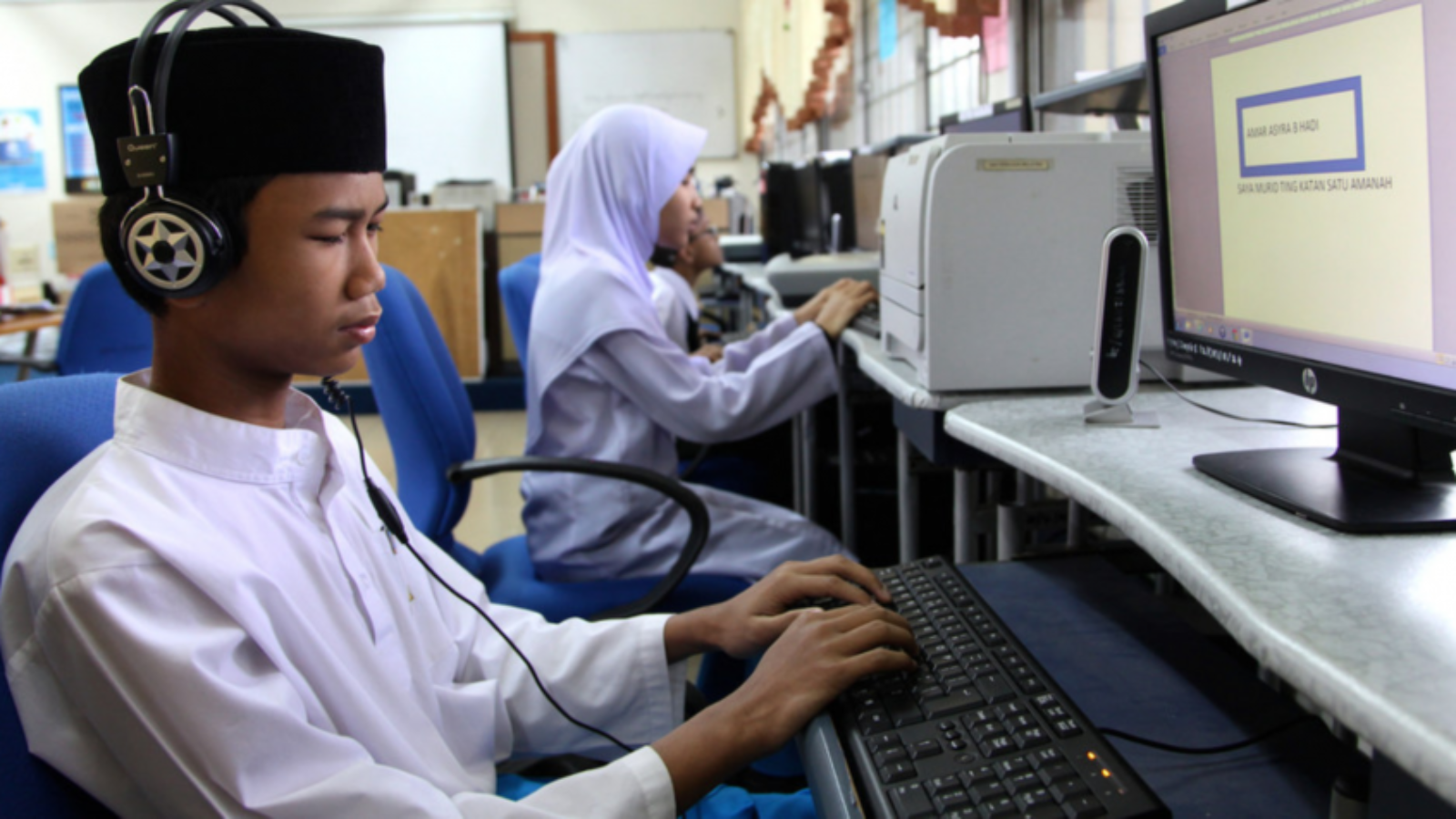
The event was organized by a multi-stakeholder partnership between UNDESA's Division for Inclusive Social Development; The Valuable 500; Disability Rights Fund/Disability Rights Advocacy Fund; Validity Foundation; European Network on Independent Living; International Disability Alliance; Centre for Human Rights, Disability Rights Unit, Centre for Human Rights, University of Pretoria; International Disability and Development Consortium; and Disability Rights International.
Welcome and opening remarks were made by Ms. Daniela Bas, Director for the Division for Inclusive Social Development in UN DESA. Panelists included: Mr. Steven Allen, Co-Executive Director of Validity Foundation; Mr. Vashkar Bhattacharjee, Founder, Federation of DPOs, Sitakund, and focal person of Digital Accessible Information System, Consultant on Accessibility, Government of Bangladesh; Ms. Caroline Casey, Founder of The Valuable 500; Mr. Christopher Patnoe, Head of Accessibility Programs and Disability Inclusion at Google; Dr. Chapal Khasnabis, Access to Assistive Technology and Medical Devices Unit at WHO; and Mr. Evert-Jan Hoogerwerf, Secretary-General of the Global Alliance of Assistive Technology and Director of the WeCareMore Centre, Bologna, Italy. The discussion was moderated by Dr. John O’Toole, Inter-Regional Advisor in UNDESA.
The event initiated a lively discussion about how digital technologies can advance the rights of persons with disabilities at national and international levels. Speakers shared their experience and expertise in describing the basic lack of access persons with disabilities face and discussing how digital technologies can help bridge the disability divide. The event sought answers to the following questions:
1. What impact is the COVID-19 pandemic having on persons with disabilities?
2. How can we overcome the digital divide to ensure disability inclusiveness?
3. What are the advantages of digital technologies for the inclusion of persons with disabilities?
4. Practical examples of digital technologies to support digital inclusiveness.
5. How can the UN increase accessibility to digital solutions, and what can Member States do in this regard?
6. What can we learn from civil society and how to best include them in decision-making processes?
Digital technologies are important facilitators of social inclusion for people with disabilities as technology can break traditional barriers to communication, interaction, and access to information for persons with disabilities. However, digital technologies are insufficient by themselves to bridge the significant gaps in the socio-economic inclusion of persons with disabilities. There are necessary preconditions to accessible technology that include the awareness and knowledge of digital solutions available; inclusive policies and laws that acknowledge inaccessible norms in society and built environments; and support for accessible and inclusive technology services. It is important to overcome the digital divide to ensure disability inclusiveness. While there are examples of Disabled Persons Organizations using digital technologies to advance the rights of persons with disabilities, there are gaps in knowledge of how digital technologies can advance disability rights, particularly in developing countries where access to technology is limited. The COVID-19 pandemic has exposed ever-widening gaps on the basic accessibility of modern life for persons with disabilities globally.
 Welcome to the United Nations
Welcome to the United Nations